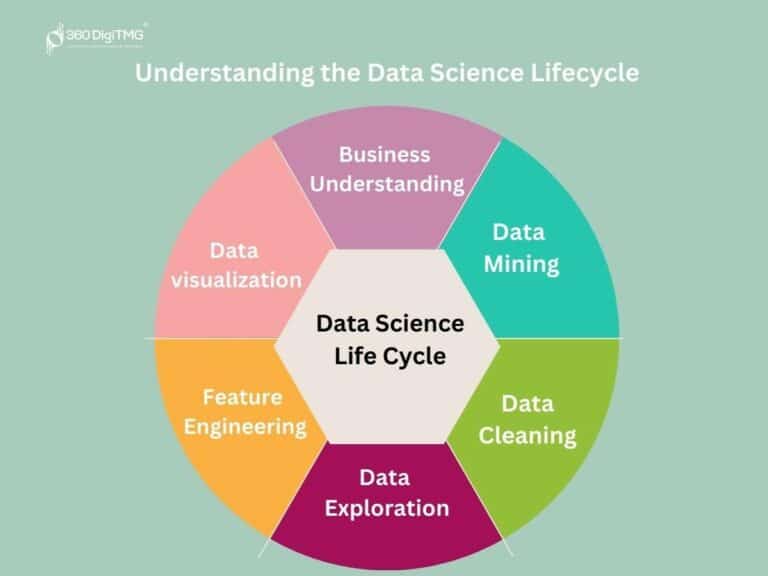The landscape of regulatory compliance has undergone a significant transformation in recent years. The emergence of automation and artificial intelligence (AI) has revolutionized how companies fulfill their regulatory requirements. This article delves into the various aspects of what is compliance automation exploring the impact of technology on streamlining previously manual compliance tasks, enhancing efficiency, and mitigating risks.
The Age of Automation
Automation, long hailed as a harbinger of efficiency, has found its place in regulatory compliance. Traditionally, compliance tasks were labor-intensive and time-consuming. Companies had to allocate substantial resources to ensure adherence to a complex web of regulations from financial to environmental and data security.
Automation, driven by advancements in AI, offers a promising solution. It enables organizations to automate repetitive compliance tasks, reducing the potential for human error and ensuring consistency in adherence to regulations. This shift allows companies to allocate their human resources more strategically, focusing on tasks that demand critical thinking and problem-solving skills.
Enhancing Efficiency
One of compliance automation’s primary advantages is its capacity to enhance efficiency. Thanks to AI-driven automation tools, tasks that once required hours or even days of manual effort can now be accomplished within minutes.
For instance, automated software can quickly reconcile financial transactions in the financial sector, ensuring that they align with regulatory standards. This reduces the risk of non-compliance and frees financial professionals to concentrate on value-added activities such as analysis and strategic decision-making.
Risk Mitigation and Accuracy
Accuracy in compliance is paramount, as regulatory violations can result in substantial penalties and reputational damage. AI and automation provide a robust mechanism for mitigating these risks.
AI systems can detect anomalies and potential compliance breaches in real-time through machine learning algorithms, allowing organizations to take prompt corrective actions. This proactive approach minimizes the chances of non-compliance and saves companies from potential legal ramifications.
The Role of AI in Data Security
Data security compliance is paramount in an era where data breaches and cyber threats are omnipresent. AI plays a pivotal role in this domain by bolstering data security measures.
AI-powered cybersecurity tools can continuously monitor networks for suspicious activities, identify vulnerabilities, and respond rapidly to threats. They can also assist in encrypting sensitive data and ensuring that it complies with data protection regulations, thus safeguarding the organization and its customers.
Scalability and Adaptability
Moreover, the scalability and adaptability of compliance automation systems offer a dynamic advantage for organizations operating within ever-evolving industries. As regulatory frameworks continue to evolve, often becoming more intricate, companies can seamlessly modify their automated systems to incorporate the latest requirements. This agility ensures that businesses remain compliant while keeping pace with the shifting landscape of regulations.
In dynamic industries, where compliance standards are subject to frequent revisions, the ability to swiftly adapt to new mandates is indispensable. Automation not only allows for the incorporation of new requirements but also facilitates the systematic monitoring and implementation of these changes. This adaptability not only reduces the risk of non-compliance but also fosters a proactive approach to staying up-to-date with the latest regulatory standards.
In essence, the flexibility of compliance automation not only streamlines existing processes but also future-proofs organizations, enabling them to thrive amidst the ever-changing tapestry of regulatory compliance.
Reduced Compliance Costs
The implementation of automation and AI can indeed significantly reduce compliance costs over the long term. While the initial investment in technology and training may appear substantial, the enduring advantages surpass these expenses. By automating compliance tasks, companies effectively diminish their dependence on extensive manual labor, costly audits, and the looming specter of potential fines resulting from non-compliance.
Moreover, automation offers the advantage of consistency and precision in compliance procedures. Unlike humans, automated systems do not succumb to fatigue, distractions, or biases, ensuring that regulatory requirements are consistently met without error. This not only mitigates the risk of non-compliance but also bolsters an organization’s reputation for reliability.
Furthermore, the reduction in human labor requirements allows companies to allocate their resources more judiciously, directing human talent towards higher-value activities such as strategic planning, innovation, and customer engagement. In this manner, automation and AI not only cut costs but also enhance overall operational efficiency and competitiveness in an increasingly regulated business environment.
Challenges and Considerations
Despite the numerous benefits of compliance automation, organizations must address challenges, such as the need for data accuracy and integrity. AI systems rely heavily on data; if the input data is flawed or incomplete, the results can be misleading. Therefore, companies must invest in high-quality data management practices to ensure the effectiveness of their automation efforts.
Additionally, the reliance on automation should not lead to complacency. Human oversight remains essential to monitor the AI systems, interpret results, and make critical decisions when necessary. A balance between automation and human intervention is crucial to maintaining compliance standards.
The Human-Machine Partnership
The future of compliance lies in the harmonious partnership between humans and machines. While automation and AI can handle routine tasks efficiently, human judgment, ethics, and expertise remain indispensable in interpreting complex regulations and making nuanced decisions.
Organizations that strike the right balance between automation and human intervention are better positioned to navigate the intricacies of compliance successfully. They can adapt to changing regulatory landscapes while upholding ethical standards and corporate values.
Conclusion
In conclusion, the answer to what is compliance automation is evolving, and automation and AI are at the forefront of this transformation. Companies that embrace these technologies are enhancing their efficiency, mitigating risks, reducing costs, and safeguarding their reputations.
The future of compliance is not solely about technology but the synergy between technology and human expertise. By harnessing the power of automation and AI while maintaining a commitment to accuracy and ethical standards, organizations can thrive in an era when compliance is more critical than ever.
As regulatory requirements continue to evolve, businesses must adapt and embrace the compliance revolution, ensuring that they meet their regulatory obligations and position themselves as leaders in their industries. In doing so, they can navigate the complex compliance landscape with confidence, efficiency, and resilience.












